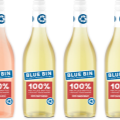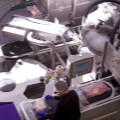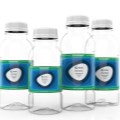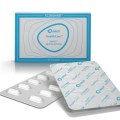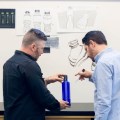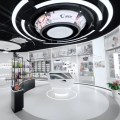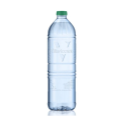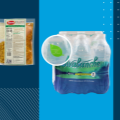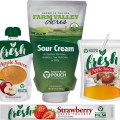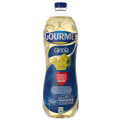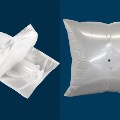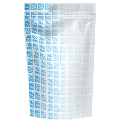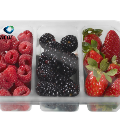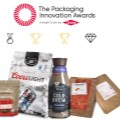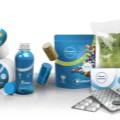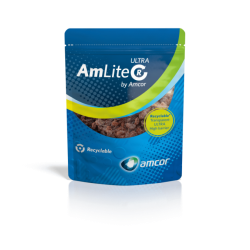If this is your company, CONTACT US to activate Packbase™ software to build your portal.
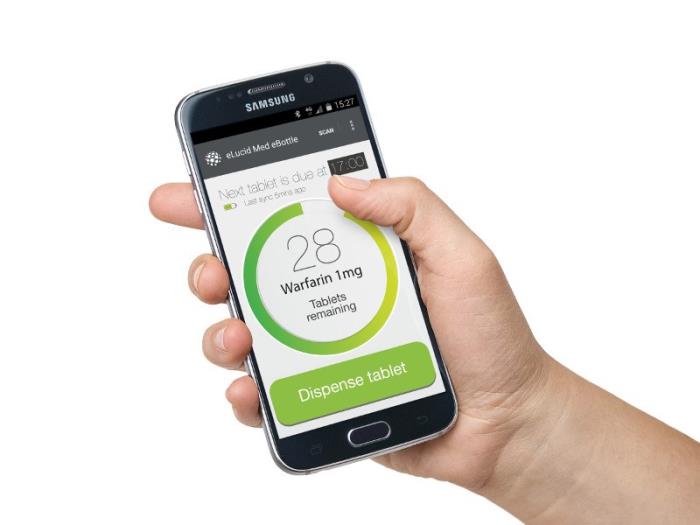

As cost control, patent losses and the rise of biosimilars put more pressure on big pharma to rethink business models, packaging is positioned to play a larger role in the pharma supply chain than it ever has before.
In fact, in a world where patients are living longer, worrying about external contaminations and demanding a greater understanding of the medicines they take, packaging has a lot of key roles to fulfil.
Packaging’s role in patient adherence
Recent reports suggest 25 per cent of American patients don’t adhere to their prescriptions. Many are left to manage their medicine alone – a particular challenge for the growing population of over-65s. To improve patient experiences, packaging can:
- Provide clear, printed instructions for the drug.
- Have an easy-to-open design.
- Improve drug protection to increase its shelf life.
However, there are many more ways packaging can address adherence challenges.
Smart compliance solutions
Big pharma has investigated ways to use smartphones as a means to meet compliance needs, but specialisation and a lack of standardisation have resulted in a lot of separate apps and programmes. This makes it difficult for any one patient to find the information they need about their specific illness or medicine.
With the help of QR codes and digital-print technologies, it is becoming possible to print a unique code right on the blister pack or bottle.
A packaging code could be used to:
- Provide extra information about the medicine and its applications.
- Help patients set up a smartphone reminder to take their dosages.
- Allow patients to scan each dose so compliance can be monitored.
- Help healthcare providers prepare follow-on prescriptions after checking dosages.
Tech-savvy packaging: Possibilities and roadblocks
Other high-tech options range from Bluetooth receivers in plastic pill bottles (able to control when and how the bottle is opened) to fingerprint scanners that ensure only the patient can access the medication.
Even these new approaches only scratch the surface of possibilities.
Developments are ongoing to connect this information to data from wearable health systems in order to identify links to other vital signs of the patient and the effectiveness of the drug, or to warn the user only to take the drug when certain conditions are met.
However, until it is decided who takes the lead in this complex system – drug company, packaging supplier, code technology provider, app developer, wearable health provider or systems integrator – progress will likely be slow.
The future of packaging and patient safety
Next to adherence, child-resistant (CR) packaging remains a key consideration for manufacturers. Traditional methods are in need of a revamp to address access issues for an ageing population, while also protecting children who’ve learnt sophisticated problem-solving abilities thanks to smartphones and gaming.
Today, packaging can create some very specific opening features – with technologies like lasers – to design solutions that resist juniors and are senior friendly.
Pharma packaging to combat counterfeiting
Counterfeiting is another major concern for pharma companies, and it is one that has suffered from a lack of global standards. There are currently many disparate solutions, but there’s potential for some extremely effective developments.
For example, some companies are experimenting with a packaging code that is invisible to the eye but easy to scan via smartphones. These codes can be reprogrammed in real-time to avoid copying and could be linked to codes on secondary packaging to check for information like illegal re-imports.
Packaging and sustainability
Patients are increasingly considering environmental impacts and are looking for more sustainable actions by pharma. This drives a demand for smaller packs and environmentally-friendly materials.
The industry is working to meet these demands in a variety of ways, such as by creating packaging for the most sensitive molecules that integrate moisture scavengers, therefore accelerating production and improving shelf life. These are all important factors for reducing carbon footprint, something we take very seriously at Amcor.
The packaging industry as driver for change
These technological and practical advances are the result of many years of research. However, implementing them in an industry with such tight regulations will take time and resources. Some businesses may choose to prioritise other projects with more immediate results.
We believe that many pharma companies are moving away from a traditional reliance on R&D and sales to drive growth. Colin explains that they are developing more sophisticated and holistic views of their value chain, including packaging processes.
Packaging is key to establishing a communication between patients, caregivers, healthcare professionals and payers. If businesses are willing to take the plunge and embrace new technologies and collaborations, the packaging industry can help create a cost-effective and patient-centric outcome.
Discover more about pharma packaging and the ways Amcor is currently investing in technological advancements and responsible packaging.
By: Greg Rosati, Healthcare Marketing Director for Amcor Rigid Plastics, and Colin Reed, Marketing and Strategy Director for Amcor Flexibles Global Pharma and Medical EMEA.






